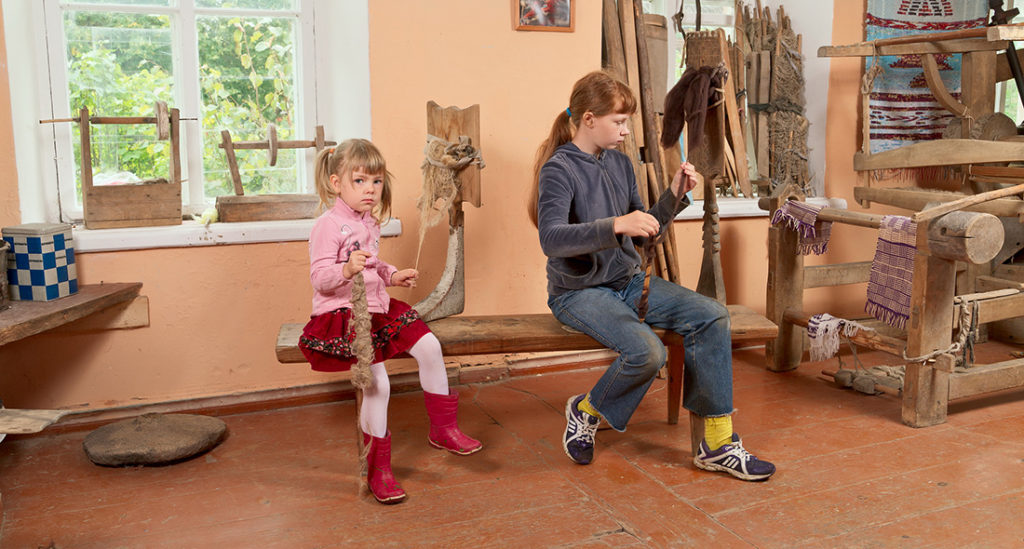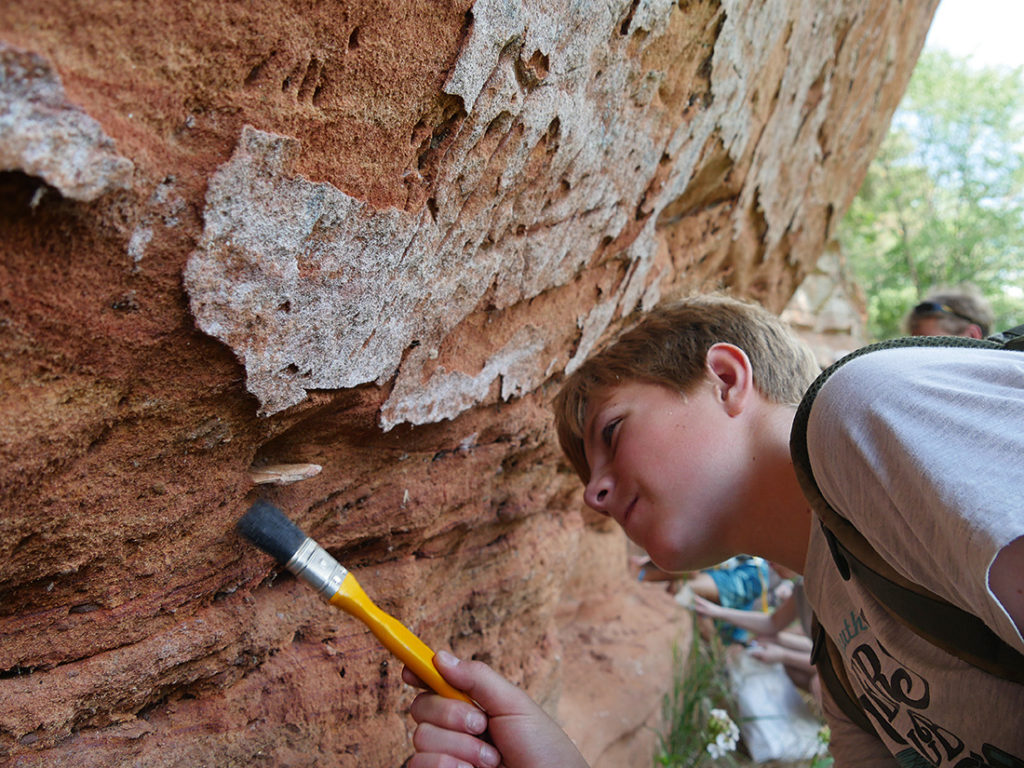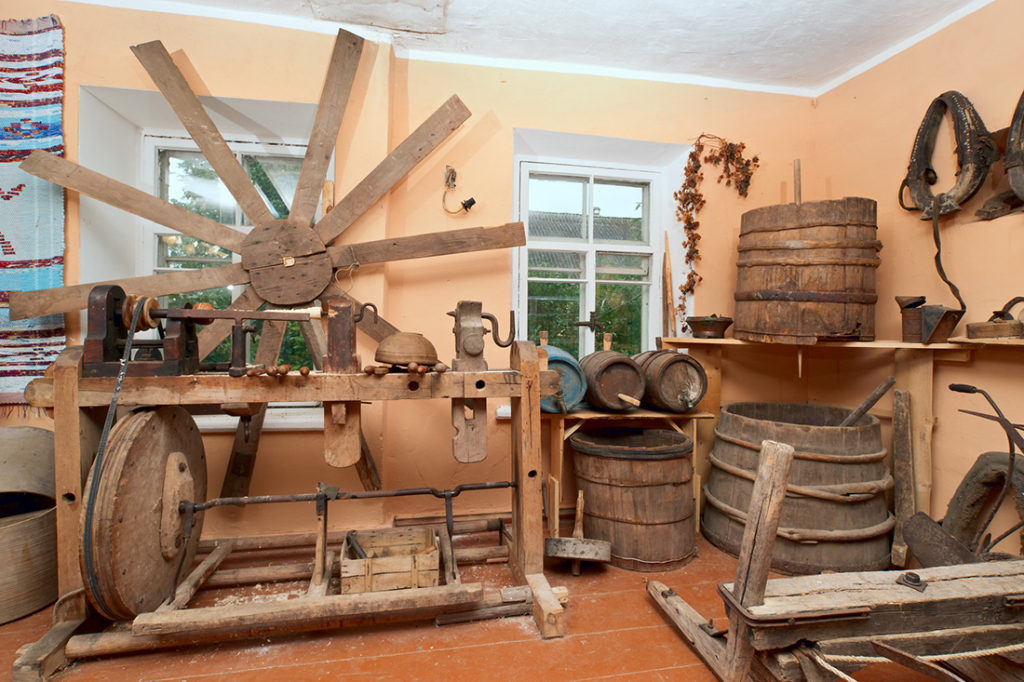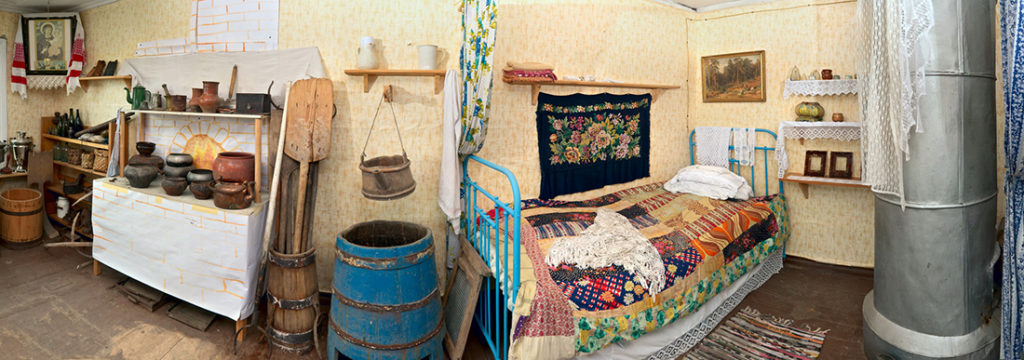Museum of Psoed Village as a typical Luzhsky village
Leningrad region
Contact information
The village of Psoyed, Luzhsky area, Leningrad Region, Osminskaya settlement
Tel.: +7 (911) 750-61-49
E-mail: psoedmuseum@mail.ru, info@psoed.ru
Operating hours
Daily by appointment agreements
Ticket price
Voluntary donations for the development of the museum
Founder of the museum
Boris Ivanovich Maximov (27.03.1934-07.07.2016)
Owner of the museum
Anna Borisovna Maximova
Founded
2010
The Museum was conceived by Boris Ivanovich Maximov, who was born and raised in this village. Then he, like many people, went to the city to study and work, but his heart was always with the village: before his eyes, it turned from blooming, full-blooded, working and walking village into an abandoned one. Children and grandchildren did not think of the village life. Boris Ivanovich started collecting various village utensils and tools, recording the memories of the inhabitants. Gradually, the whole family became involved in the process of creating the museum.
The museum collects, studies, and preserves the village history. The village of Psoyed, whose name has its own legend, is interesting for how typical it is; in its fate, as in a mirror, the fate of thousands of villages is reflected.
The Museum of Psoyed Village is a whole museum complex that is quite unique: life, time and history seem to have assembled many attractions in one place. It includes the village itself as a kind of museum object, a local history museum, dedicated to the village, and surrounding attractions from the ancient settlement to the ancient chapel of the 19th century.
The museum presents tools of agricultural labor, home weaving, household items, political, pioneer, and military corners, and a brewing corner. Almost every item has its own history of life and appearance in the museum, about which the guides will tell you with great pleasure on the tour.
The peculiarity of this museum is that there are no showcases and there are many active exhibits: a wood lathe, a loom, a machine for making shingles, an old sawmill, and other things, which you can work on and feel a little like a village dweller.
The village itself also has many attractions – old houses, the chapel of Flora and Lavra from the 19th century, saved from destruction, the “cross” and the place of execution of partisans. In the vicinity of the village you can see the ancient settlement from the 17th century, the temple of the ancient Slavic God Volos in the form of a huge boulder, the former water mill and hydroelectric power station, and the trenches of the civil and partisan dugouts of the Great Patriotic war. Along the Saba river there is a natural monument – “Geological Outcrops of the Devonian Period”, where you can find the remains of ancient fish, who lived before the period of the dinosaurs.
The museum has a gallery of residents and their homes, life stories of people, not only famous ones, but also the most ordinary – they are regarded as the most valuable “exhibits”. The life of each man is a part of life, a page of history, and this deserves attention. We called this project the “Biography of the Village”, and we believe that many small stories make up the large multi-voiced history of Russia.




